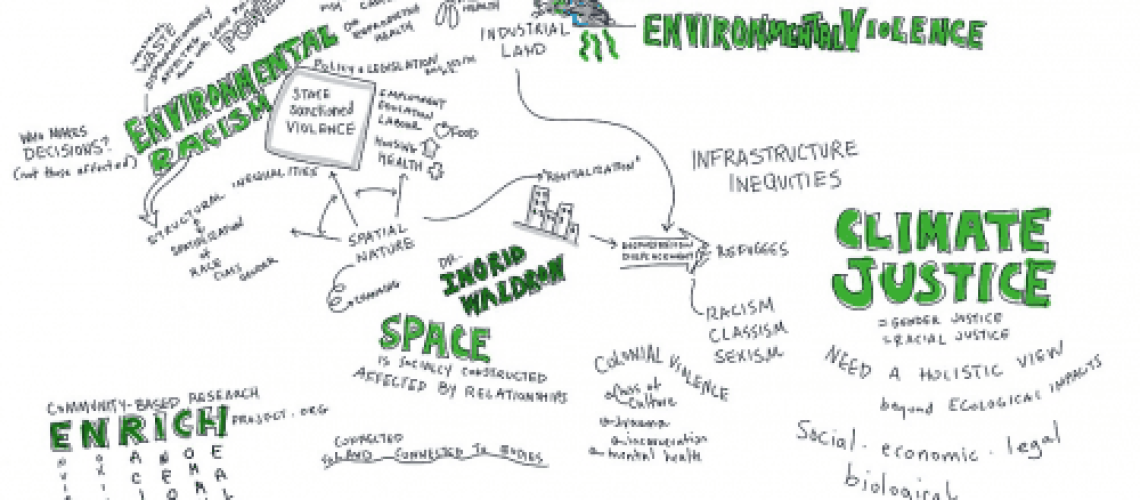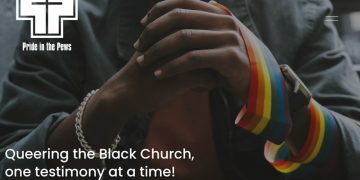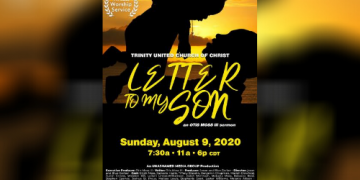The following piece was submitted through the Vanguard’s Berkeley Student Publication and represents the views of the author and not necessarily that of the Vanguard and its editorial staff. The Vanguard invites robust but respectful dialogue on this and all topics. Alternative views can be submitted to: info@davisvanguard.org.
By Sheila Teker
Some time ago, I shadowed at a clinic in Richmond, interested in observing the myriad of cases the healthcare professional I accompanied would be examining. But as I drove to the clinic, I could not help but notice smoke clouds emanating from factories; the convoluted, multi-layered labyrinth that was the highway system; the railroad tracks, juxtaposed with sweeping agricultural fields. Something had felt off, but I couldn’t put my finger on it.
It was only later, when I was seeing patients in the clinic, that I realized what had bothered me about the landscape—there was something troubling about the evidently hazardous environment, particularly when paired with what I saw at the clinic. Instead of a variety of cases, I saw a repetition of almost identical cases. By the fourth person we saw, I could essentially spot-on predict their state of health and the conditions individuals came in for: diabetes, hypertension, asthma, heart condition(s), or some cancers.
Why were so many individuals in this community afflicted with identical conditions?
A 2009 study suggests an explanation. With the aim of comparing “an urban fence-line community (neighboring an oil refinery) and a nonindustrial community in an exposure study focusing on pollutants of interest with respect to breast cancer and environmental justice,” the two chosen locations were Richmond and Bolinas, respectively.
These were their reported results:
“Eighty compounds were detected outdoors in Richmond and 60 in Bolinas; Richmond concentrations were generally higher. Richmond’s vanadium and nickel levels indicated effects of heavy oil combustion from oil refining and shipping; these levels were among the state’s highest. In nearly half of Richmond homes, PM2.5 exceeded California’s annual ambient air quality standard. Paired outdoor–indoor measurements were significantly correlated for industry- and traffic-related PM2.5, polycyclic aromatic hydrocarbons, elemental carbon, metals, and sulfates.”
As the healthcare professional I’d shadowed alluded to, these individuals were ill, not necessarily due to a particular event or emergency, but because their environment was slowly drowning them in disease. In areas like Richhmond, West Oakland, Bayview Hunters Point, explained Jacqueline Canchola-Martinez, the Environmental Justice Associate at UC Berkeley’s Student Environmental Resource Center, “Toxic facilities and operations are placed in these communities and/or this is where these communities have been pushed to.” These locations often also have decreased access to “greenspaces and affordable healthy foods.” Consequently, individuals living in these areas are more likely than not to develop severe chronic diseases and lack the resources and healthy environment necessary to alleviate them.
But this toxic environment is not the only issue; the larger problem is who this affects—or, in other words, who is targeted.
Richmond, as with other cities in California (and the US), is predominantly non-white, and a significant portion of that non-white population is considered at or below the poverty line.
According to a 2022 article published by UC San Diego, “New Evidence Suggests California’s Environmental Policies Preferentially Protect Whites”, a study recently conducted showed that “Low-income communities are consistently exposed to more pollution when the economy is fully functioning…[for] these neighborhoods saw disproportionately cleaner air during the [COVID] shutdown” [3].
However, while income is often seen as a reason why individuals cannot leave their hazardous living environments, it is clear that this isn’t the whole story. The way in which pollution is distributed is not equal for everyone, even when accounting for disparities in income.
Interestingly, while it was noted that there is a “racial and ethnic bias in how our economy creates and distributes pollution,” Jennifer Burney, the Marshall Saunders Chancellor’s Endowed Chair in Global Climate Policy and Research at the School of Global Policy and Strategy, remarked that “income only explains about 15 percent of the disproportionate decrease in air pollution” seen in nonwhite communities during the lockdown,
We see this very intentionally discriminatory pollution distribution in even the roads we use every day. KQED’s article, “America’s Highway System is a Monument to Environmental Racism and a History of Inequity” provides an example of one of many stories in which hazardous infrastructure was ruinously implemented in a nonwhite community: “The interstates were built around Black and brown neighborhoods, cementing racial divides and isolating people of color. Some interstates bisected neighborhoods. The expressways connected predominantly white commuters, who sought homogeneity in the suburbs, to offices in the cities they had fled.
Furthermore, Canchola-Martinez says that what a lot of people fail to realize is that “environmental racism is interconnected with so many other “-isms”. Colonialism, capitalism, imperialism, sexism, et cetera. Instances of environmental racism don’t just happen because one person makes a single decision, per say…. I think it’s far more common for it to just be embedded in the way we do things in this society (especially in the West).” And because of how embedded environmental racism is in other societal issues, it may seem too complex and overwhelming to tackle this issue.
But, according to Canchola-Martinez, community-based organizations and “the everyday person” are the driving force of change. “There is so much potential for students to be a part of the environmental justice movement. There’s a lot of power to leverage in terms of keeping big actors and polluters accountable (see the Pour Out Pepsi movement on Berkeley’s campus) and claiming the right to learn about and unpack environmental racism.”






